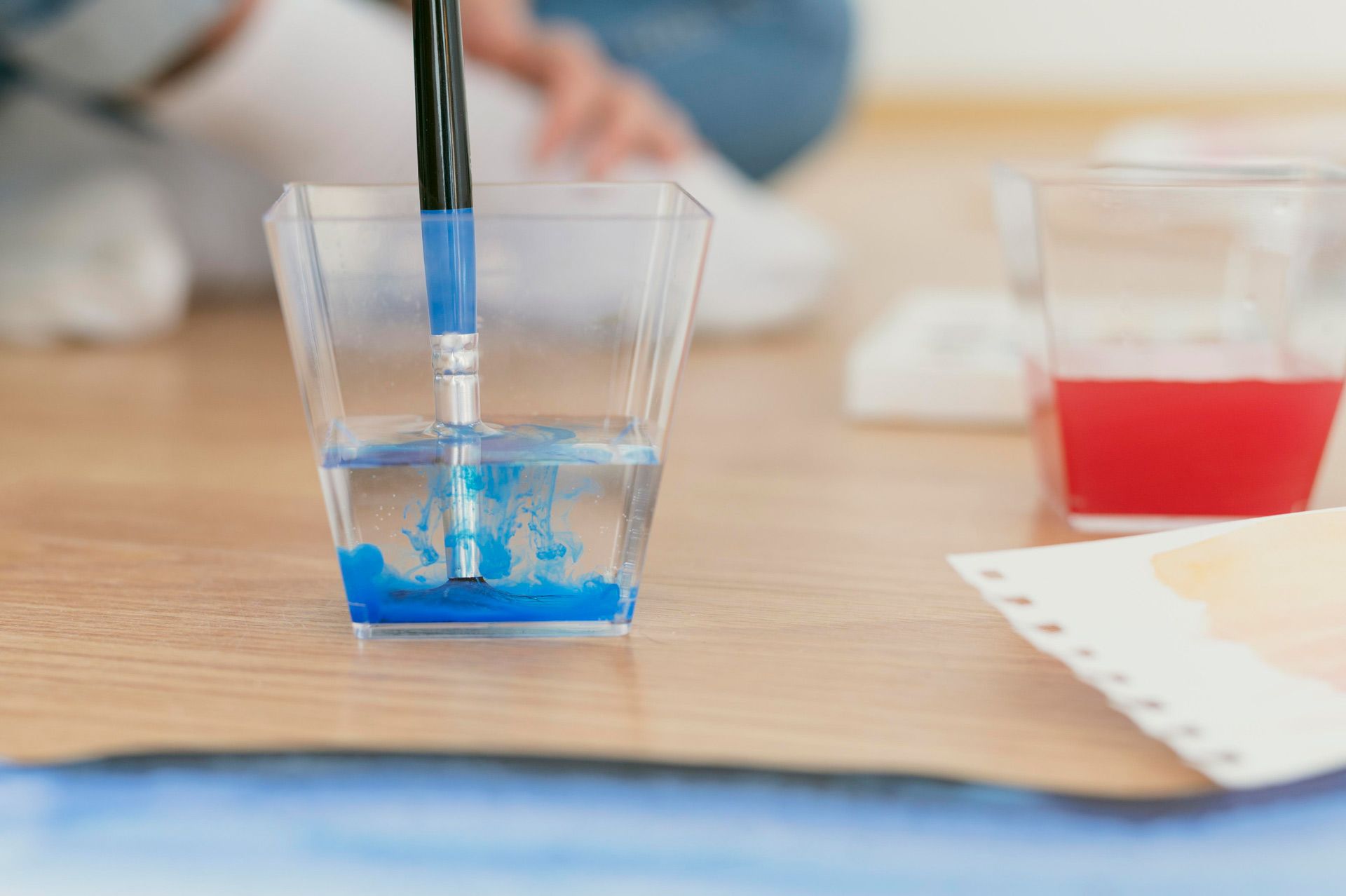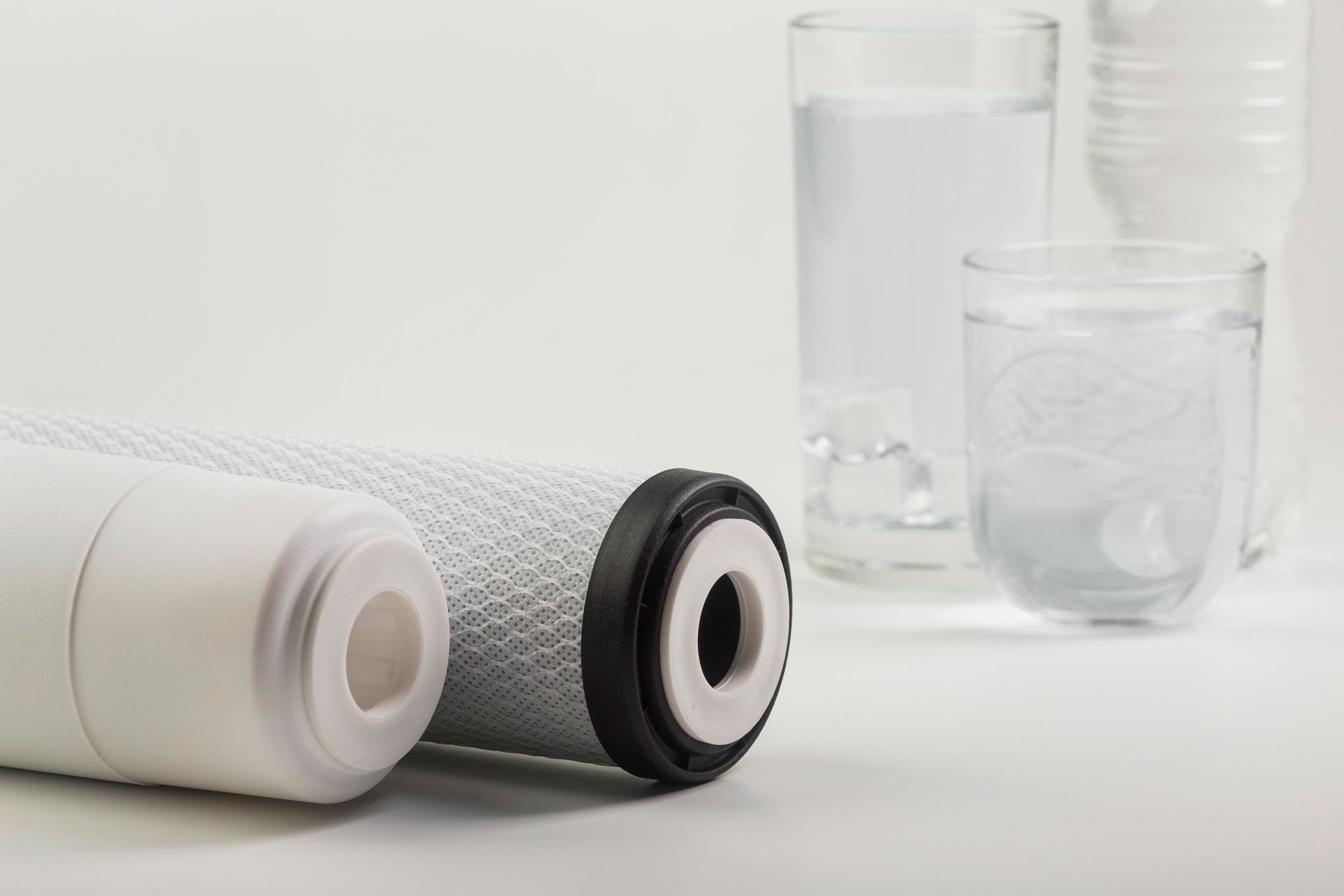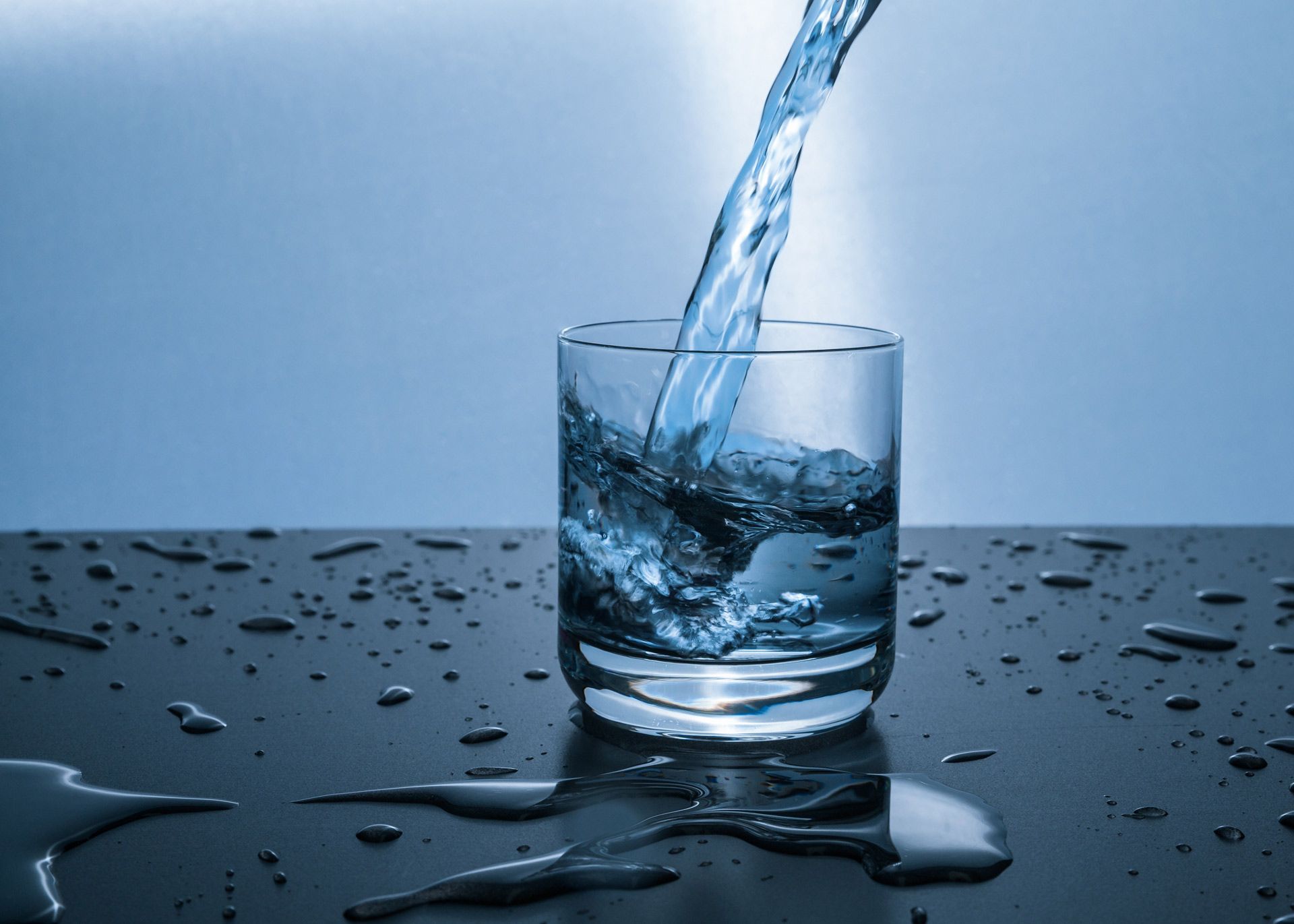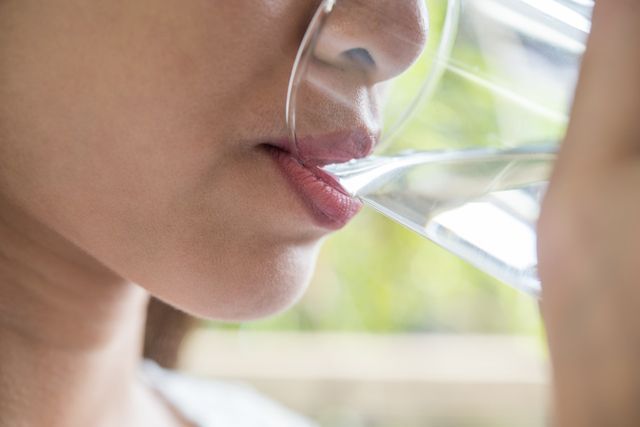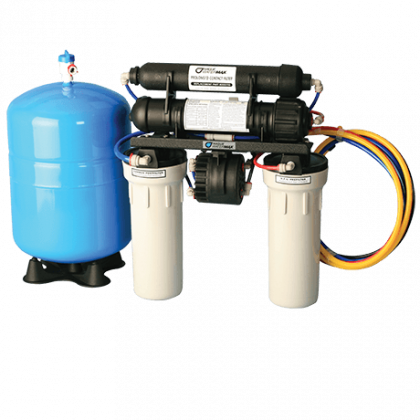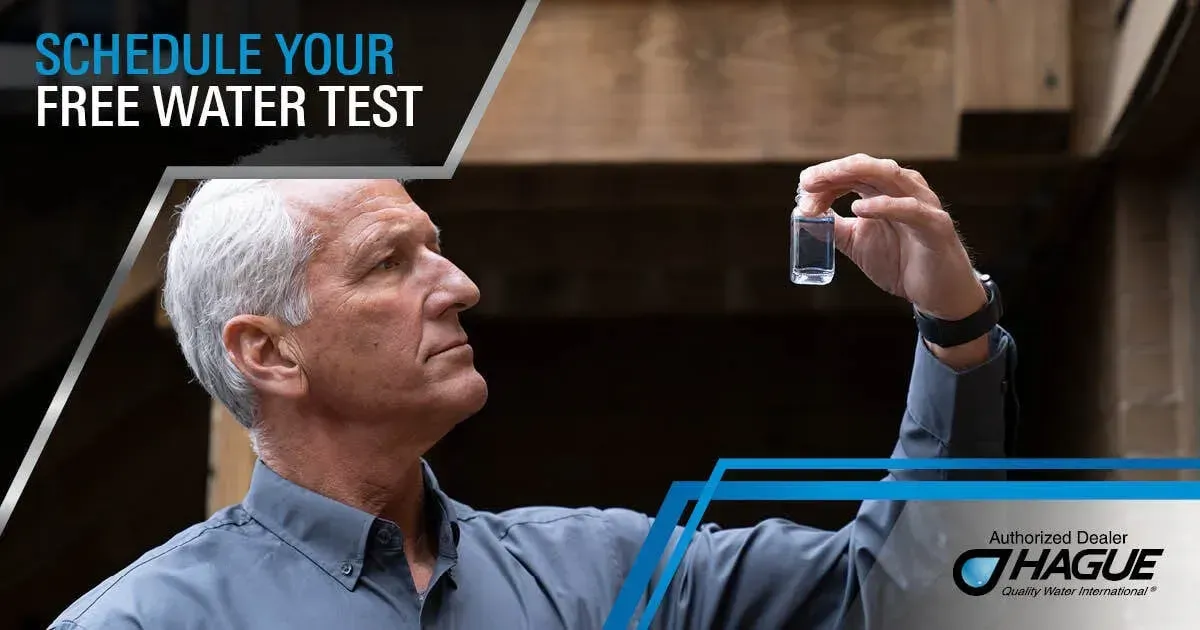How Do Home Water Filtration Systems Work?
April 1, 2025
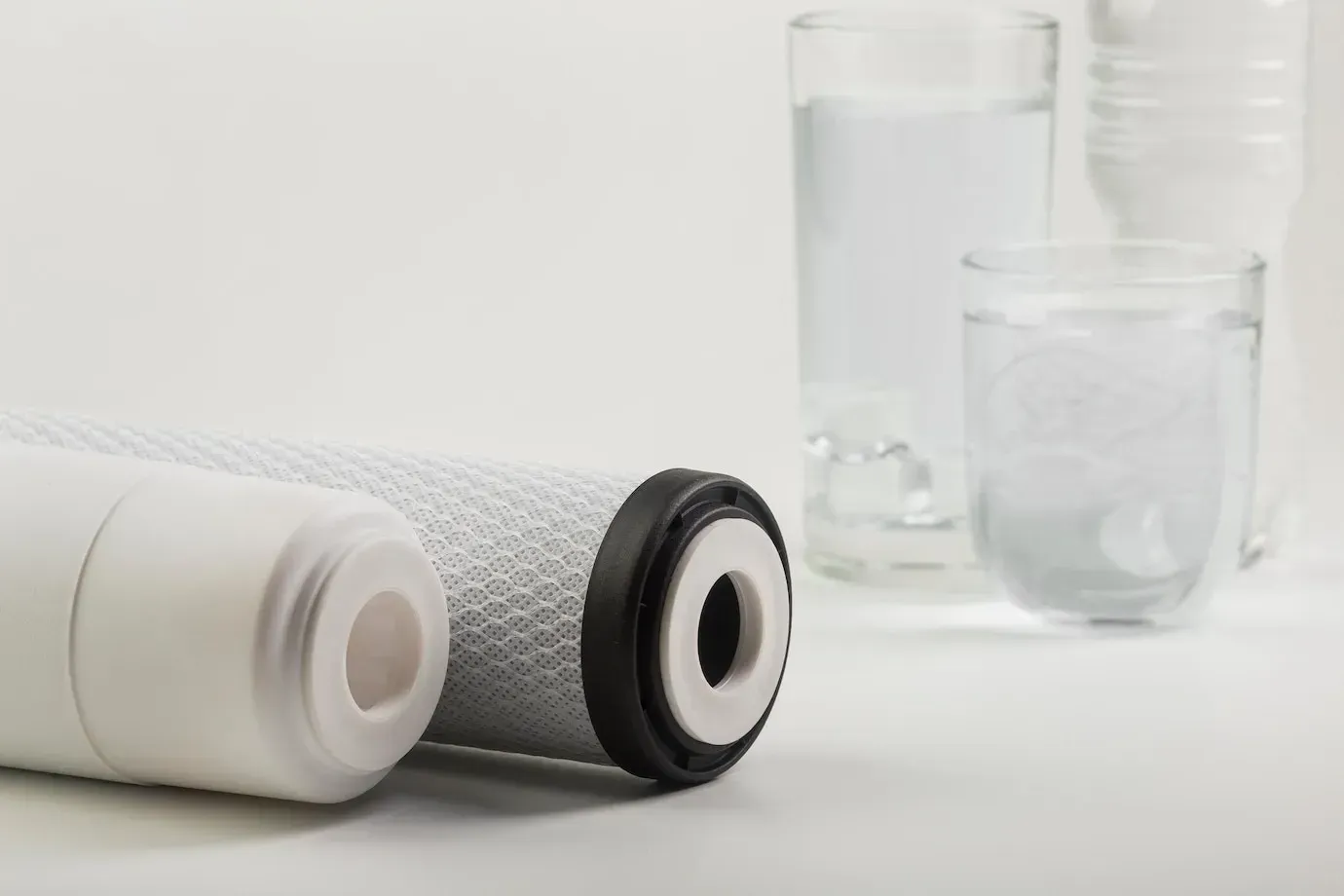
When you pour a glass of water from the tap, it’s easy to assume it’s perfectly clean. But in reality, tap water can carry more than just H₂O. Trace chemicals, minerals, and microscopic contaminants often sneak into household water supplies — and that’s where water filtration systems come in.
Whether you’re dealing with hard water, unpleasant odors, or concerns about safety, a filtration system works behind the scenes to deliver cleaner, better-tasting water throughout your home. Here’s how it all works and how to choose the right system for your needs.
What a Water Filtration System Actually Does
At its core, a water filtration system removes unwanted substances from your water supply. The goal is to make the water safer, cleaner, and more pleasant to use — not only for drinking but also for cooking, bathing, and protecting your appliances.
Filtration systems use a combination of physical barriers, chemical reactions, and sometimes biological treatment to separate contaminants from the water that flows through your pipes.
The Main Types of Filtration Systems
Different filtration technologies target different contaminants. Most systems use one or more of the following types of filters.
- Sediment Filters
Every filtration process starts with removing visible debris. Sediment filters catch sand, dirt, rust, and other solid particles that can discolor your water or damage fixtures.
- Activated Carbon Filters
Activated carbon acts like a sponge for chemicals and odors. It absorbs chlorine, pesticides, and organic compounds that cause bad tastes and smells, leaving water that’s fresh and clean.
- Reverse Osmosis (RO) Systems
RO systems use a semi-permeable membrane to remove dissolved solids like lead, arsenic, nitrates, and even some bacteria. They’re among the most thorough systems available for household use.
- Ultraviolet (UV) Purification
UV filtration targets biological contaminants. It neutralizes bacteria, viruses, and other microorganisms by exposing them to light that disrupts their DNA, rendering them harmless.
Each type of filter has a specific purpose — and many modern systems combine several of these technologies for complete water protection.
How Filtration Works Step by Step
A home water filtration system usually follows a multistage process to deliver consistent, high-quality results.
- Step 1: Sediment Removal
Before the system can treat water for chemicals or bacteria, it needs to clear out larger particles. The sediment filter acts as the first line of defense, trapping rust, dirt, and sand that could clog or damage later stages.
- Step 2: Chemical Absorption and Taste Improvement
Once the visible debris is gone, the water moves through activated carbon filters. Here, chlorine and organic contaminants are absorbed, improving both taste and odor. This stage is what gives filtered water that crisp, clean flavor.
- Step 3: Deep Filtration Through Reverse Osmosis
In systems equipped with reverse osmosis, water is pushed through a fine membrane that blocks heavy metals, dissolved salts, and microscopic impurities. This is the stage that ensures your water is free of contaminants you can’t see.
- Step 4: Final Disinfection
The final stage depends on the system design. Some units add UV disinfection or an additional carbon layer to kill or capture any remaining bacteria or residual chemicals. The result is pure, polished water ready for your home’s faucets and appliances.
What Filtration Systems Can and Can’t Do
Even the best filters have limits. Understanding what they can and cannot do helps set realistic expectations.
What They Can Do
Filtration systems can:
- Remove sediments, rust, and visible particles.
- Improve taste and odor by reducing chlorine and organic compounds.
- Filter out many heavy metals and chemical contaminants.
- Protect your plumbing and extend the life of appliances.
What They Can’t Do
Even advanced systems may not:
- Completely remove all bacteria or viruses without UV or additional disinfection.
- Soften water by removing calcium and magnesium (you’ll need a softener for that).
- Function effectively without regular maintenance and timely filter replacements.
A system only works as well as it’s maintained — which means checking and changing filters on schedule is key.
Choosing the Right Filtration System for Your Home
No two homes are the same, and neither are their water needs. Choosing a system starts with understanding what’s in your water.
If your water tastes metallic or has odor issues, a carbon filter may be enough. If your concern is dissolved solids or specific contaminants, reverse osmosis offers deeper purification. And for families using well water or with biological contamination risks, a UV stage adds peace of mind.
Whole-house systems are ideal for homes that want consistent water quality from every tap, while under-sink filters work well for kitchens and smaller spaces.
Whatever you choose, always make sure the system is installed properly and maintained regularly.
Frequently Asked Questions
- Does a water filter remove all contaminants?
No single filter removes everything. That’s why many homes use a multi-stage system combining sediment, carbon, and reverse osmosis filters. - How often do I need to replace filters?
It depends on water quality and usage, but most filters need replacing every 6–12 months. Reverse osmosis membranes can last two years or more. - Is filtered water better than bottled water?
In most cases, yes. A well-maintained filtration system produces water that’s cleaner and more cost-effective — without the plastic waste. - Can I install a filtration system myself?
Some systems are easy to install, like faucet or under-sink filters. Whole-house or multi-stage systems should be professionally installed to ensure safety and performance. - Will filtration make my water softer?
Not always. Filtration removes contaminants but not hardness minerals. For softer water, you’ll need a dedicated water softener.
Conclusion
Water filtration systems quietly do the work of protecting your home from invisible contaminants. They remove the particles, chemicals, and impurities that affect taste, smell, and safety — giving you cleaner, healthier water every day.
Understanding how these systems work helps you
choose the right setup for your home and maintain it effectively for lasting performance. Clean water isn’t a luxury; it’s a necessity — and the right filtration system makes it possible

